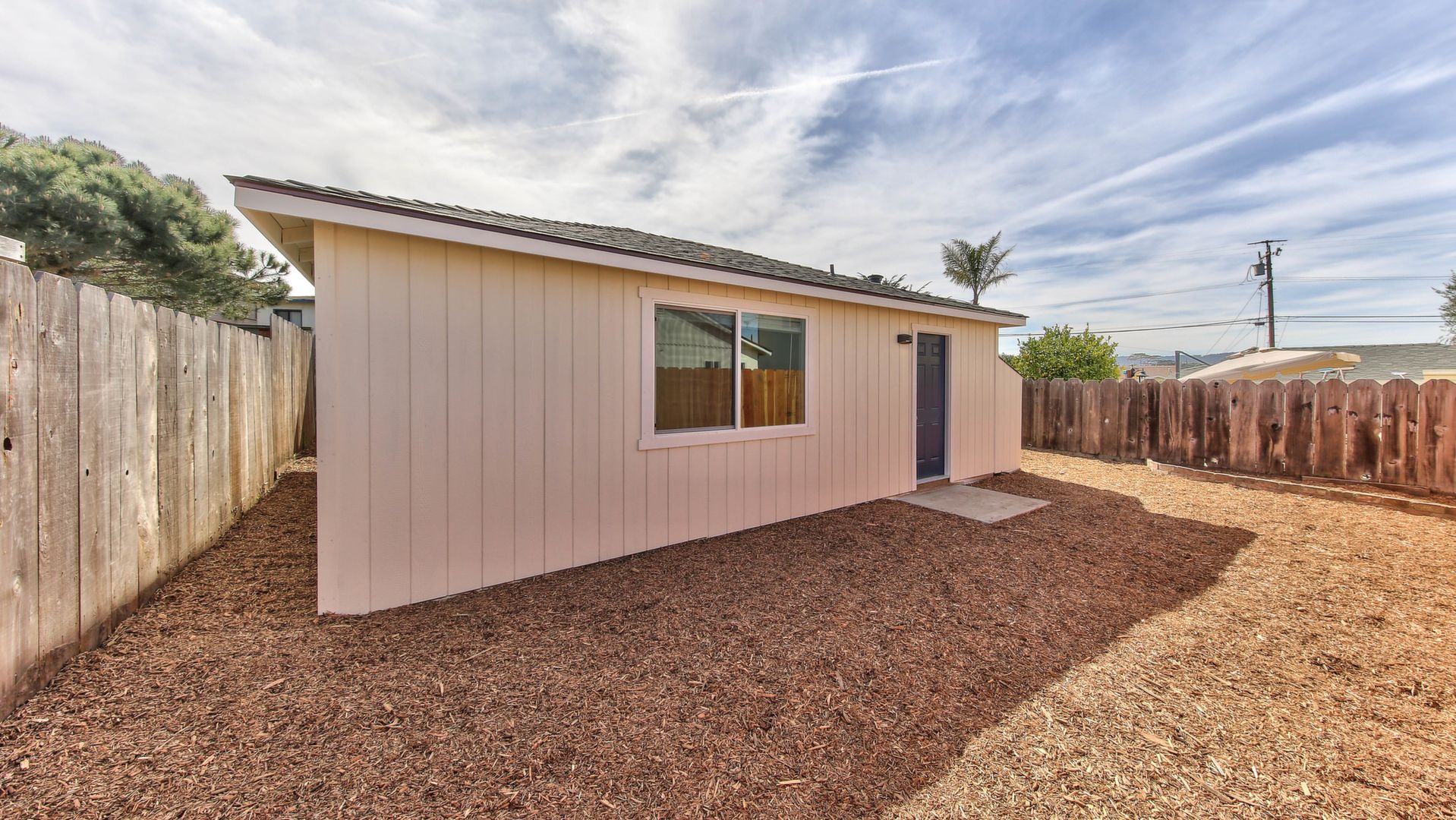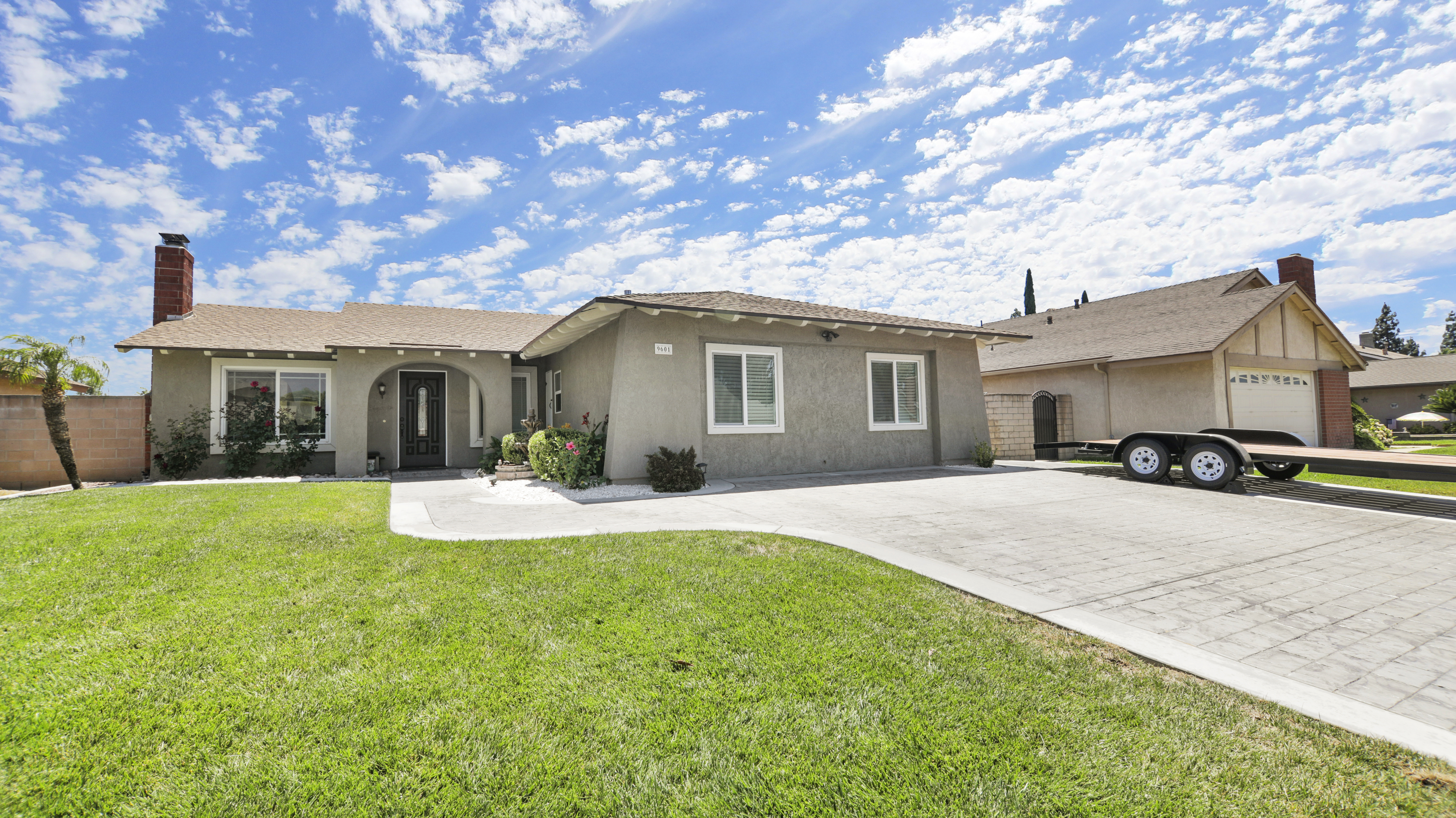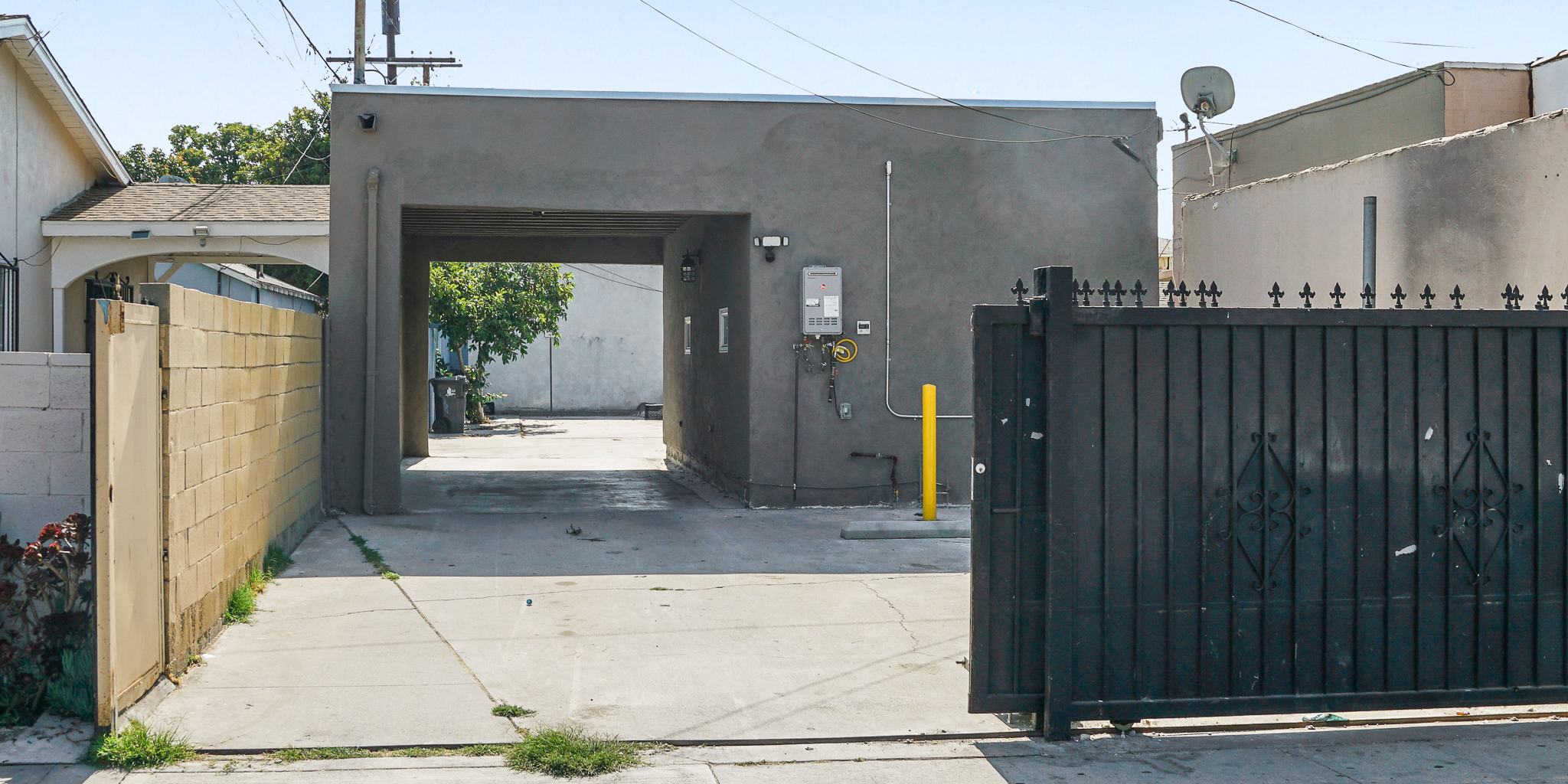ADU Ordinance Updated in Santa Cruz County
Affordability is at the forefront of the housing discussion throughout California. With the recent passage of several State Legislative updates aimed at reducing administrative barriers to ADU construction, many cities are updating their local ordinances to comply with state law. The Santa Cruz Board of Supervisors approved an update to their ADU ordinance at their August 10, 2021 board meeting. Santa Cruz led the county in the number of ADUs permitted with 64 permitted in 2020 while Scotts Valley issued the fewest, second to last only to the unincorporated areas of the County.
“The County’s award winning ADU program is the most effective way to get affordable housing built in this County and I think making a streamlined effort for more affordable ADUs is going to provide more critically needed housing, removing some of the regulatory and process burdens is key,” said Fifth District Supervisor Bruce McPherson.
The biggest changes to the Santa Cruz County ADU ordinance was the removal of maximum size restrictions for converted space as well as the allowance of demolition and reconstruction of ADUs within the former footprint, so long as the new structure doesn’t exceed the original building envelope by 150 square feet. Clarifications were also made to the side and rear yard setbacks on corner and double frontage lots, the four foot setback applies. Public improvements such as sidewalks are also no longer required.
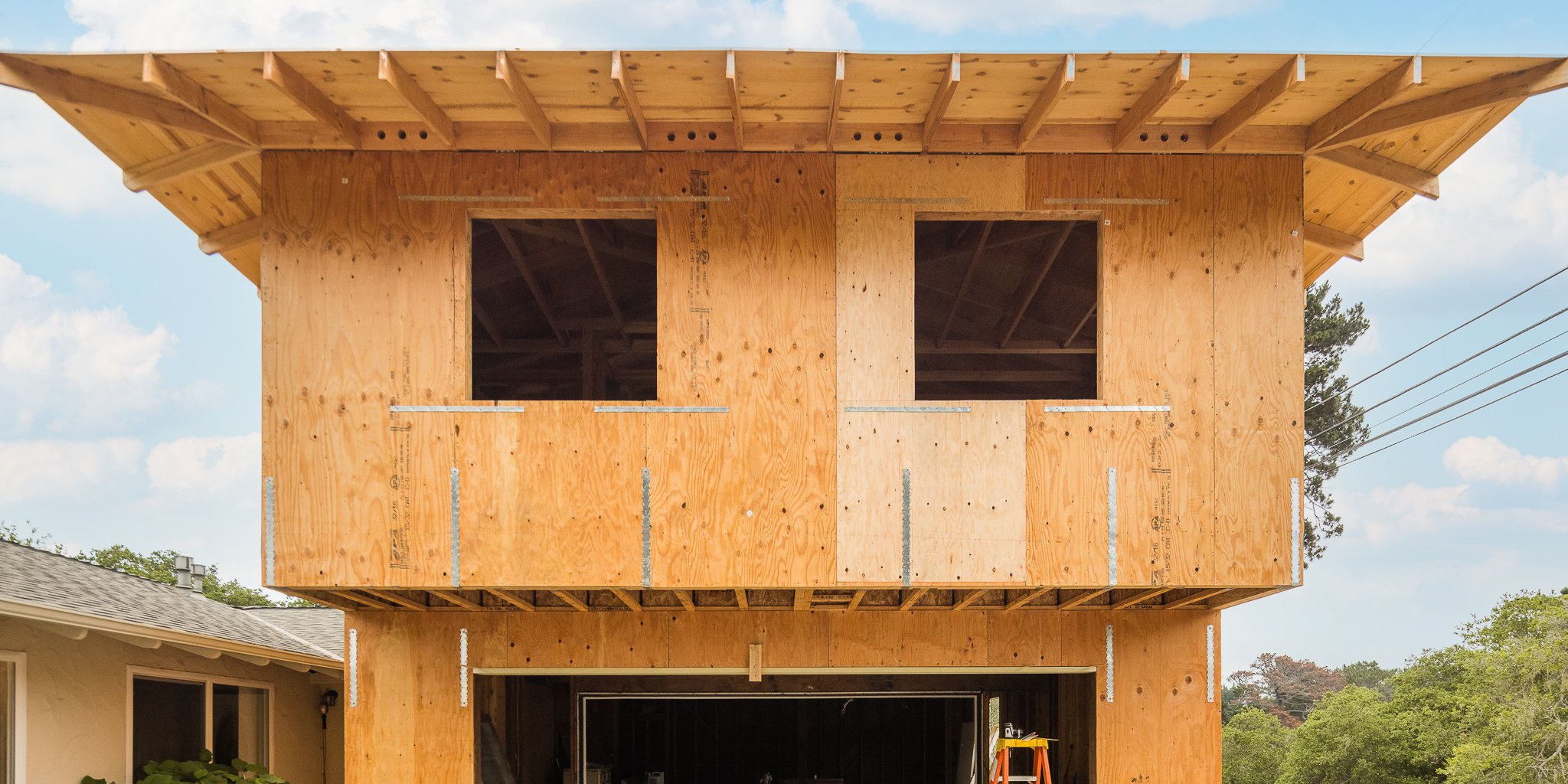
Development permits are no longer required for ADUs but discretionary permits may be required such as in the case of a coastal zone permit or a variance. Notably, ADU permits won’t count towards the County’s maximum allowable building permit quota.
“There’s a lot of changes to the ADU ordinance that are really going to help ADUs and JADUs be constructed. I’m really a fan of the fact that ADUs and JADUs will only require a building permit and be ministerially approved,” said First District Supervisor Manu Koenig.
Provisions within the new ordinance that exceed state law include the allowance of an ADU and JADU per single family dwelling group, even those that are non-conforming. A property with an attached ADU, a JADU, and a primary residence would be considered a triplex which triggers additional requirements. There was ample community discussion on both sides of the issue, with some residents wanting the County to restrict the number of ADUs allowed to state law, and others requesting that the County go further and allow multiple ADUs per single family dwelling. The final result was a compromise of these community desires. The county also allows for twice the number of ADUs compared to state law for multifamily lots by allowing for the maximum number of ADUs and converted space JADUs.
Floor area calculations for the main home don’t include the ADU or JADU up to 800 square feet so that homeowners don’t have to choose between adding an addition or an ADU to their home. The special discretionary review requirement for development of structures over 5000 square feet has also been removed. The need to make the new ADU match the design of the existing home was removed, although there are provisions for alterations to historic buildings.
Parking was widely discussed by the public. The County followed state law requiring one parking space per new detached ADU project. New Construction projects near transit stops or garage conversion projects won’t require replacement parking except in three identified districts; the Davenport/Swanton Designated Area, the Live Oak Designated Area, and the Seacliff/Aptos/La Silva Designated Area. These areas have additional vacation rental ordinances that eliminate the parking replacement exemptions. These provisions were supported by the Coastal Commission staff during a review of the ordinance changes.
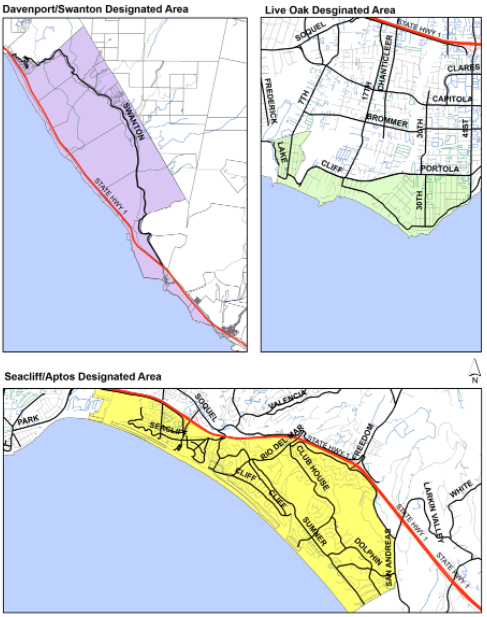
Beach Neighborhood Areas with Additional Parking Requirements
Other changes to the ordinance allow for ADUs to be constructed before the primary residence following a disaster, a coastal development waiver within the coastal zone (also approved for the City of Capitola and for Monterey County), the owner occupancy requirement is removed beyond the five year moratorium, and ADUs can now include separate driveways without additional Public Works review so long as they meet the existing standards. ADU utility connection fees are waived for conversions, and no impact fees for JADUs or for ADUs under 700 square feet.
The Santa Cruz County Planning Commission had previously requested that tiny home ordinance updates be considered separately from the ADU ordinance update and staff are in the process of working on that update now. Staff responded to Board requests for clarifying language and presented those additional changes at the October 5, 2021 Board of Supervisors meeting. After the Coastal Commission and HCD approve the passage the ordinance will be implemented.
